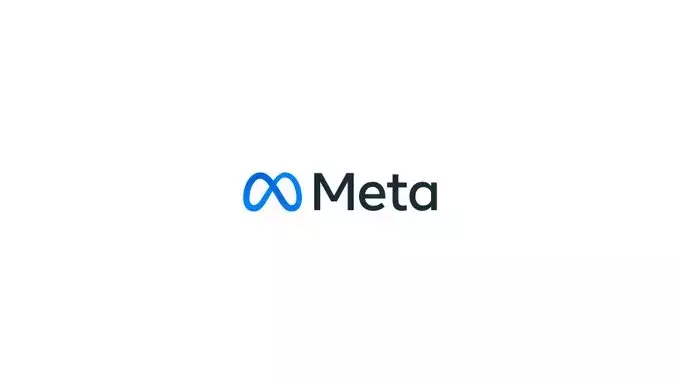In the ever-evolving landscape of digital advertising, Meta has introduced a transformative feature known as “Flexible Media.” This new ad option represents the next stage in Meta’s mission to refine and enhance ad delivery through meticulously analyzed user response predictions. While the terminology may appear technical, the underlying goal is straightforward: to amplify ad performance by leveraging a wider array of creative displays tailored to individual users.
Meta’s latest initiative, Flexible Media, aims to empower advertisers by optimizing their outreach strategies. Central to this development is the promotion of the automated Advantage+ campaign tools, which allow Meta to determine the most effective ads to showcase to specific audience segments. This approach marks a departure from traditional ad strategies that often rely on fixed advertisements. With Flexible Media, advertisers can now explore a multitude of creative options, opening up the potential for increased engagement and conversion rates.
The introduction of Flexible Media is an extension of Meta’s arsenal of personalized advertising tools. It allows advertisers to designate specific media placements that are then automatically selected by Meta’s algorithm based on predicted performance. A pivotal feature is that Flexible Media is distinct from the previously launched “Flexible Ads.” The latter allows the submission of up to ten images, enabling the system to curate the most fitting visuals per individual user. Conversely, Flexible Media empowers the system to utilize various images and formats contingent upon the placement type, tailoring experiences further to optimize results.
This innovative feature underscores Meta’s shift towards automating advertising campaigns comprehensively. Imagine a future where marketers no longer grapple with the nuances of audience targeting or production specifics. With Flexible Media, the premise is that by designating a URL, the entirety of the advertising campaign—including creative elements—could be managed by Meta’s sophisticated systems. This notion may evoke hesitations among users concerned about relinquishing control over their ad processes; however, it raises an intriguing question regarding the efficacy of manual audience targeting strategies in contrast to AI-driven approaches.
By leaning on the prowess of artificial intelligence, Meta’s approach seeks to not only streamline ad processes but also extends the potential for reaching audiences who might otherwise remain unengaged. The luxury of personalized marketing has often run into the limitations of advertisers’ understanding of their core audience. As Meta automates various aspects of this process, the boundaries of audience targeting can stretch to include more prospective consumers who fit the profile for responsiveness, yet might go unnoticed without technology’s insight.
Admittedly, the trend of moving towards a fully automated advertising system can provoke concerns regarding the erosion of creative control. Advertisers might feel uncomfortable putting their faith entirely in a system that prioritizes algorithms over human intelligence in understanding consumer preferences. However, it’s essential to recognize the potential advantages of this transition.
Experimentation with automated options like Flexible Media could yield surprising results for advertisers willing to embrace the change. In an industry where audience expectations continually shift, relying solely on pre-determined audience knowledge may be limiting. By allowing Meta’s systems to dictate ad placements, advertisers may discover new audience segments or creative approaches that resonate more strongly than previously anticipated.
Meta’s Flexible Media represents a significant step toward a future in which digital advertising becomes increasingly automated and tailored. As the industry adapts to technological advancements, marketers must remain vigilant and open to experimentation. By navigating this dynamic environment with a willingness to embrace innovation, advertisers can potentially unlock new pathways for engagement and revenue. The blend of creativity and technology heralds a promising future for digital advertising, making it imperative to explore the opportunities that arise with features like Flexible Media.

